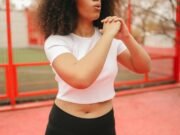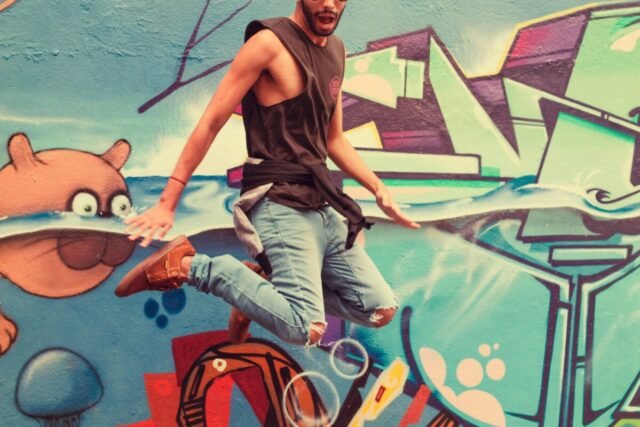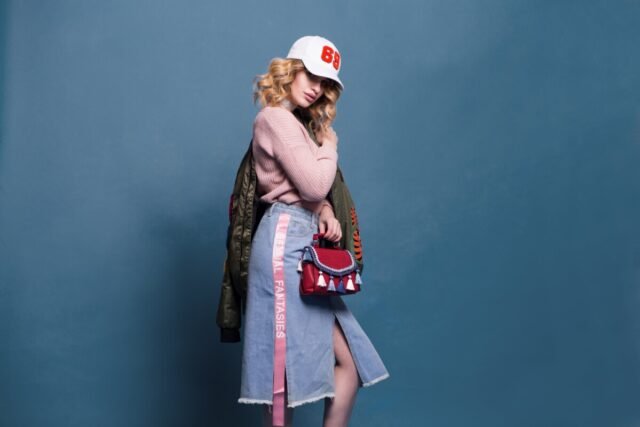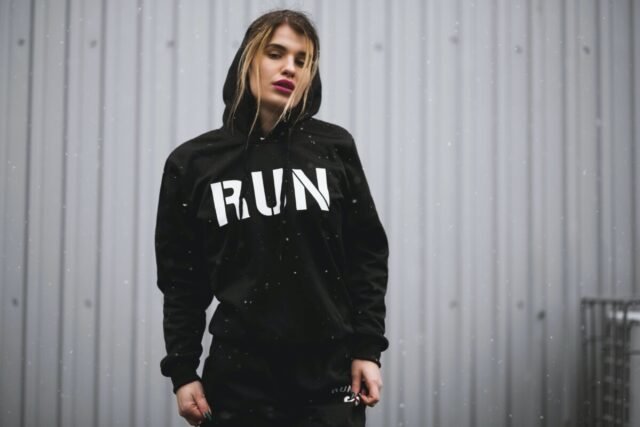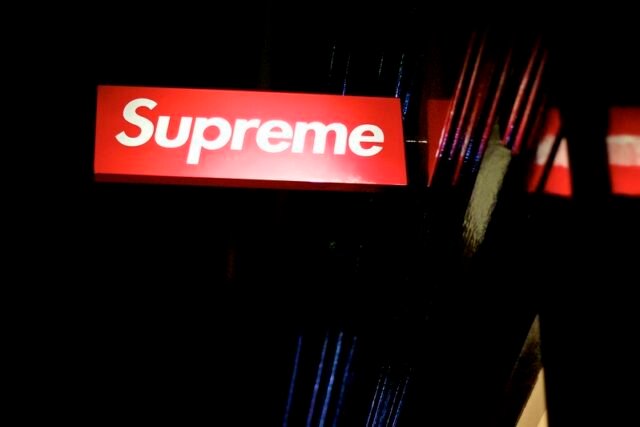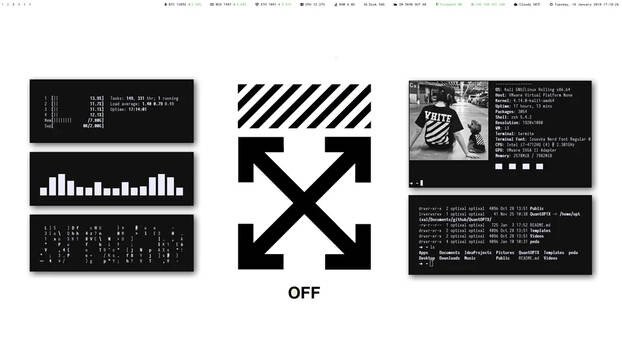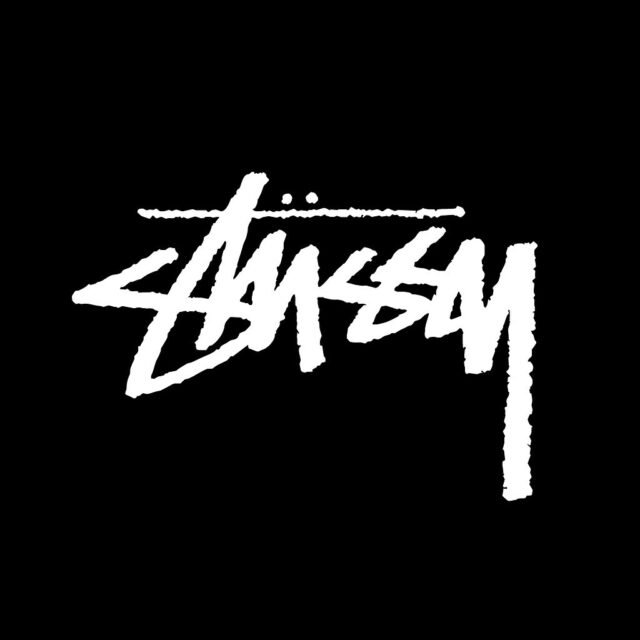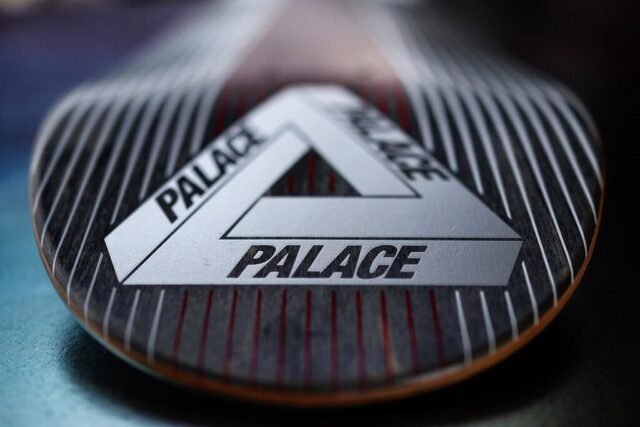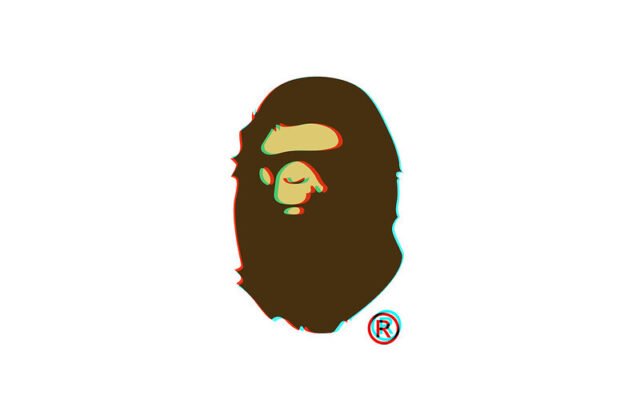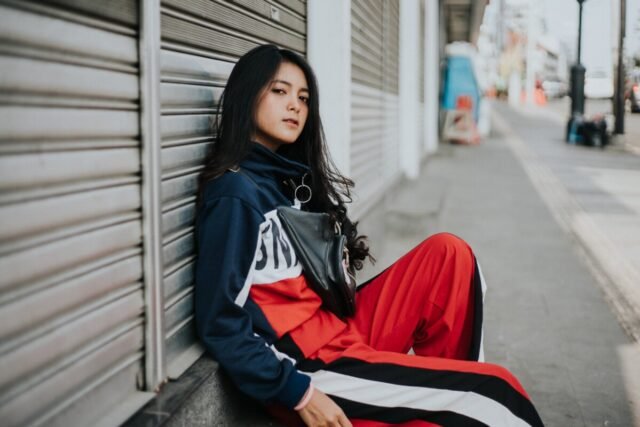Urban Canvas: Art and Fashion’s Symbiotic Relationship
The dynamic relationship between art and fashion has long been a source of inspiration and innovation. In the urban landscape, this fusion manifests as a vibrant, creative dialogue that continuously pushes boundaries. The city streets serve as an urban canvas where art and fashion seamlessly intermix, giving rise to captivating forms of expression.
Art as Fashion Inspiration
Art movements have long served as a catalyst for groundbreaking fashion. In the early 20th century, Surrealism had a radical impact on fashion with its avant-garde aesthetic. Surrealist artists like Salvador Dali directly collaborated with designers like Elsa Schiaparelli to create surrealism-inspired collections featuring lobster dresses and shoe hats.
Pop Art also made its mark on the fashion world. Andy Warhol’s iconic screenprints of Campbell’s soup cans and Marilyn Monroe were splashed onto dresses, bags, and more. Yves Saint Laurent’s Mondrian dress paid tribute to the artist Piet Mondrian’s signature geometric style. Today, major art exhibitions continue to inspire limited edition capsule collections by leading fashion labels.
Beyond specific art movements, individual artists have sparked global fashion crazes. Yayoi Kusama’s polka dot motifs have appeared on products ranging from Louis Vuitton bags to Zara skirts. More recently, Japanese artist Takashi Murakami collaborated with brands like Vans and Louis Vuitton, bringing his signature smiling flower designs to lifestyle products and accessories.
Fashion’s dynamic relationship with art pushes the boundaries of design and aesthetics. Art transforms into wearable pieces that allow the public to literally embody their favorite artistic styles and tap into cultural movements.
Street Art Fashion Fusion
The raw, rebellious energy of street art has been steadily influencing mainstream fashion over the past decade. With its counterculture spirit, street art’s aesthetics perfectly align with urban streetwear. This natural fusion gave birth to lines integrating graphics from graffiti and murals onto clothing and accessories.
Legendary graffiti artists like Keith Haring and Jean-Michel Basquiat made the leap from the streets to the runway. Haring collaborated with designers like Vivienne Westwood. Basquiat’s neo-expressionism style appeared in collections by Comme des Garçons and Yves Saint Laurent. Today, prominent street artists continue to launch their own fashion labels, blurring the line between street art and style.
On the flip side, major streetwear brands often collaborate with street artists for limited edition collections. BAPE has worked with KAWS, while Uniqlo teamed up with KAWS and Keith Haring for graphic t-shirts. Vans’ yearly collaborations with artists like Basquiat represent the brand’s ongoing commitment to street culture.
The raw creative energy of the streets continues to infuse new life into the fashion world. Street art’s irreverent perspective pushes fashion in bold, unexpected directions. It reminds the fashion establishment not to take itself too seriously.
Art and Fashion Collaboration: A Symbiotic Relationship
The relationship between art and fashion is profoundly symbiotic. Art provides endless inspiration for fashion designers. Fashion gives artists access to a broader audience. By leveraging each other’s platforms, both art and fashion expand their reach and enrich their creative processes.
Major art institutions like The Met and the Guggenheim frequently collaborate with top designers. In 2018, the Heavenly Bodies exhibition at the Met showcased religious-inspired items by designers like Cristóbal Balenciaga and Coco Chanel. These kinds of exhibitions draw diverse new visitors to appreciate art museums through the lens of fashion.
Fashion designers also regularly time their shows to align with major art events like Art Basel. Jean Paul Gaultier and Louis Vuitton have even shown their collections at art fairs. The cross-promotion introduces each brand to new audiences outside their domains.
On an individual level, artists and fashion designers find joint creative inspiration through collaborations. Takashi Murakami and Virgil Abloh’s ongoing partnership merges streetwear with Murakami’s signature Japanimation aesthetic. Their projects allow both creators to take their collective work in new directions.
Art and fashion fuel each other’s creativity and success. By leveraging their complementary strengths, they maximize their cultural influence and reach.
Art and Fashion Trends: A Continuous Dialogue
Throughout history, art and fashion have maintained an ongoing dialogue through their movements and trends. They reflect and respond to each other as well as the changing cultural zeitgeist.
In the 1960s, the rise of Pop Art’s bold colors and commercial aesthetic found its counterpart in the mod style movement. Pop Art also likely influenced the 1980s Memphis Design movement’s postmodern, kitschy elements which extended into fashion.
More recently, social media accelerated the symbiotic relationship between art and fashion trends. Instagram and TikTok enable real-time cross-pollination of styles. For example, Y2K and kidcore fashion trends quickly showed up in artworks by digital illustrators.
Some artists like Magda Archer fully embrace the cyclical nature of trends between art and fashion. Archer creates collections featuring her paintings printed onto clothing. As her art style evolves, so do the textile designs.
This continuous cycle of influence and inspiration keeps art and fashion creatively fresh. The accelerated pace of social media allows more diverse participation in these evolving dialogues. Both fields can rapidly sample ideas from each other and the public, fueling new creative directions.
Fashion as Art: Pushing Creative Boundaries
Fashion possesses the same power as art to express compelling concepts, push boundaries, and enact cultural change. Many iconic fashion designers consider their work a form of art.
Alexander McQueen’s dramatic runway shows blurred the boundaries between art and fashion. His collections made bold statements addressing issues like climate change and the objectification of women. McQueen demonstrated fashion’s potential to make meaningful social commentary.
Japanese designer Rei Kawakubo of Comme des Garçons is known for treating her clothing as conceptual art pieces. Her collections intentionally subvert ideas of beauty, gender, and the human form. Kawakubo’s deconstructed silhouettes expand perceptions of what clothing can represent.
Major museums like the Met and the Victoria & Albert Museum regularly hold fashion exhibitions, cementing fashion’s status as an art form. Social media platforms like Instagram also allow diverse creatives to share their own boundary-pushing takes on fashion as art.
Art as Fashion: Wearable Masterpieces
While fashion draws inspiration from art, the reverse is also true. Increasingly, traditional artists are exploring wearable art that brings their designs directly onto the human form.
Wearable art allows artists to give their work interactive dimensionality. Pieces are specifically crafted to be shown on the body, rather than on a wall or pedestal. Materials like leather, latex, and plastic take on new life as clothing.
Renowned artist Yayoi Kusama has created installations where participants can wear her signature polka dots. Architect Frank Gehry collaborated with Louis Vuitton on accessories featuring his sculptural designs. Figures printed on t-shirts gain new dynamism when the wearer animates them by walking.
Of course, wearable art also poses unique challenges. Pieces must retain their artistic integrity while remaining functional, mobile, and comfortable. But when done successfully, wearable art grants remarkable intimacy between the art and viewer.
Conclusion
From the streets to museums, the worlds of art and fashion continue to intersect in vital ways. Their symbiotic relationship drives innovation and new modes of expression. As artists and designers weave these realms together, they create captivating incarnations of culture that reflect our values and dreams back to us. The urban canvas provides a fertile ground for these visions to come to life and intermingle. Art and fashion remind us who we are, and who we still can become. Their synergy empowers us all to manifest the future we imagine.
